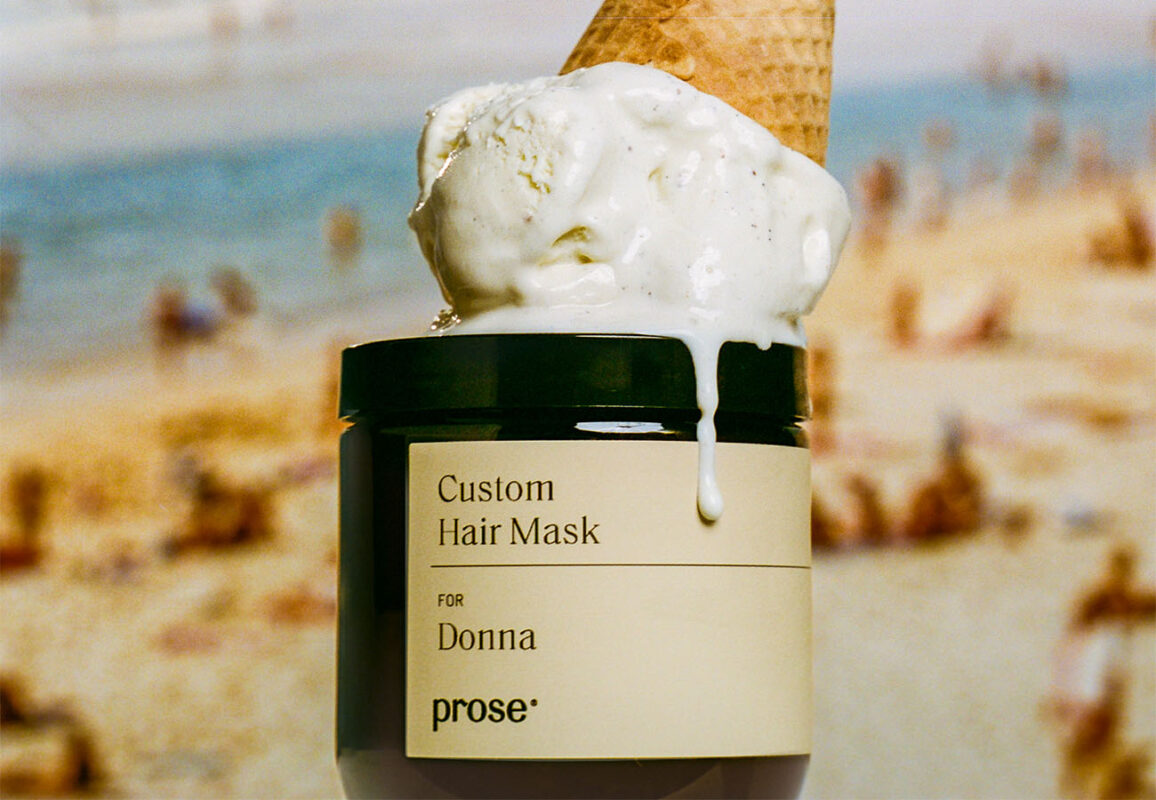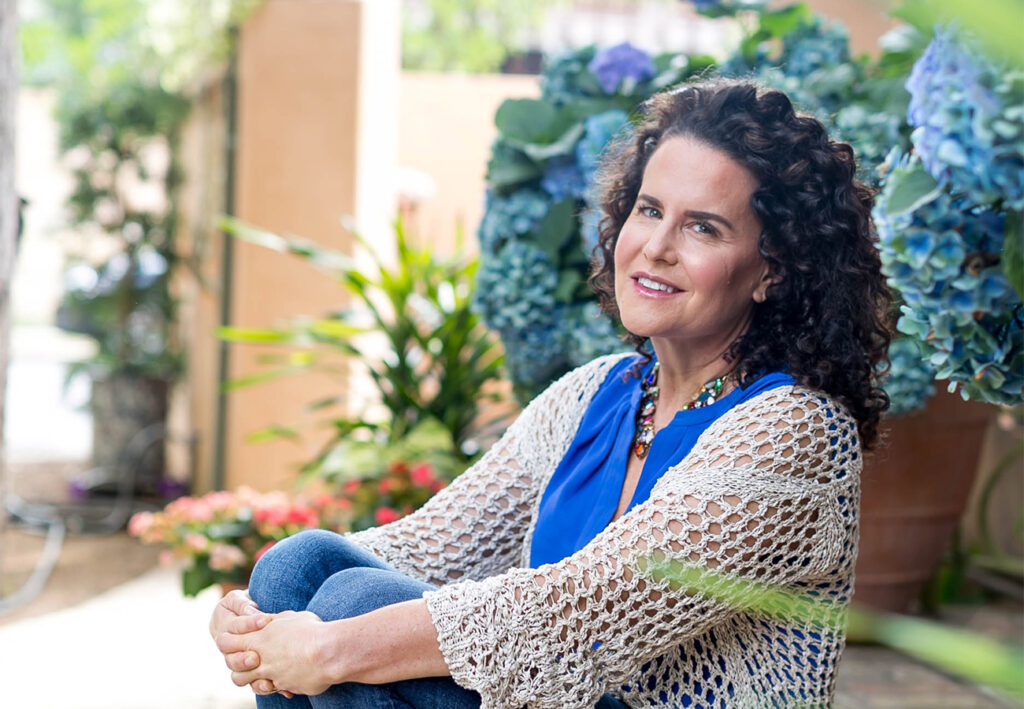Scientifically speaking, aerosols are any liquid or solid suspended in a gas. There’s natural aerosol action like the kind that creates sea salt and volcanic ash, which are a part of the ecosystem’s cycle. But then there are human-made aerosols, like a can of dry shampoo or whipped cream. These substances are stored in a pressurized container and every time you push down on that little button, a propellant releases the product as a suspension of particles in the air. What lingers, however, is an issue.
Back in the day, many consumer-used aerosols contained chlorofluorocarbons, better known as CFCs. These odorless gases are notorious for their negative impact on the environment and humans, from contributing to greenhouse gases and destroying the ozone layer—the earth’s natural sunscreen that protects us from UVA and UVB rays—to weakening immune systems and causing skin cancer. It’s no surprise CFCs have been phased out since 1987 with the signing of the Montreal Protocol and thanks to the work of organizations like the California Air Resource Board (CARB).
Established in 1967, CARB protects the public from the harmful effects of air pollution and develops programs to fight climate change. They take on everything from setting air quality standards and promoting energy-efficient methods to calling out pollutants that pose the greatest health risk for individuals as well as the environment. (Not so fun fact: They’ve concluded that more than 90% of Californians breathe unhealthful air during some part of the year.)
But what about items you use on the daily? CARB ensures that companies are meeting their strict standards for household goods like cosmetics and cleaners. In particular, they’ve cracked down on hydrofluorocarbons (HFCs), which are elements in many aerosols that CARB calls “the most potent and widespread climate pollutants in the world.” The Environmental Protection Agency agrees, stating that HFCs have a global warming potential “thousands of times more potent per pound than carbon dioxide.”
There’s more to worry about in aerosol dry shampoos. These two red flag ingredients are a part of the scary equation:
1. Liquefied petroleum gas
This highly flammable ingredient found in many aerosol cans—think butane and propane—is the stuff that propels the dry shampoo from the can onto your scalp, but at a cost. One incident involved the death of a child after long-term inhalation of butane and isopentane from aerosol antiperspirant.
2. Volatile organic compounds (VOCs)
Though CFCs have been phased out, many companies replaced them with VOCs, one of the culprits of asthma-induced smog. They come with a laundry list of health implications, including liver and kidney damage, skin reactions, and possibly cancer. The journal Science found that VOCs are “the largest petrochemical source of urban organic emissions.”
That’s why we’re asking beauty product lovers like you to consider a change. Ditch the aerosols and opt for a powder dry shampoo, like Prose. We were adamant about creating a product that had all the precision and effectiveness you’d expect without compromising your health or the environment’s.
By switching, you’ll get the benefit of clean ingredients, a tailor-made formula just for you, and be doing your part to protect the planet. We hope you’re up for the challenge.
To learn how you can be a part of the Prose Powder Challenge click here and join in on all the action. And if you’re looking for a powder alternative for your current dry shampoo check ours out here.





